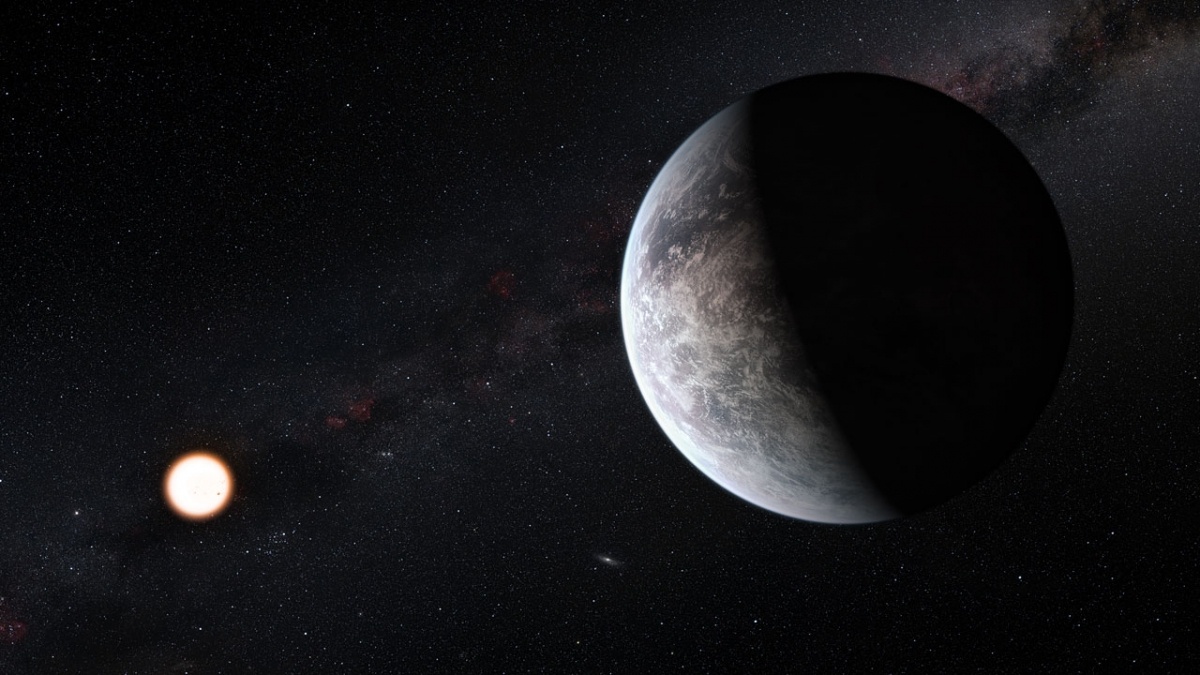We’ve learned a thing or two about exoplanets in the past several years. One of the more surprising discoveries is that our solar system is rather unusual. The Sun’s worlds are easily divided into small rocky planets and large gas giants. Exoplanets are much more diverse, both in size and composition.
The Sun’s planets can be divided into gas giants such as Jupiter and Saturn, gas dwarfs such as Neptune and Uranus, and terrestrial worlds like Earth and Mars. But many exoplanets fall into a new category known as super-Earths.
Super-Earths fill the gap between Earth and Uranus. They range in size from 1 – 4 times that of Earth and are between 1 – 15 Earth masses. Because our solar system has no such planet, we aren’t entirely sure what they are like. Planets close in size to Earth are likely rocky worlds, while the largest super-Earths are probably gas planets. But between those extremes, it’s harder to tell. Is there a dividing line between rocky planets and gassy ones?
Most of the super-Earths we’ve discovered orbit close to their star. This is mostly because large planets orbiting close to their star are the easiest to find. But the fact that we’ve found so many close-orbiting super-Earths has led to the idea they could be gas-dwarf planets that have been stripped of their atmospheres. Thus, super-Earths and worlds like Uranus and Neptune form in similar ways, and only those close to a star become super-Earths. But a new study contradicts this idea.

The team noticed that these middling planets tend to cluster into two groups: worlds that are less than 1.7 times the size of Earth, and worlds that are more than twice Earth’s size. The first group is likely rocky planets, while the second group is likely gas planets. So the team looked at computer models to understand why these groups are so distinct. They found that super-Earth’s don’t seem to form as small gas planets only to be stripped of their atmosphere later on. Instead, these mid-size worlds can form in two distinct ways. One way follows the evolution of terrestrial worlds, where a rocky protoplanet forms, gaining atmosphere later. The other way follows the gas-dwarf path, where a planet forms a thick atmosphere early in its evolution.
This research suggests that there is a rocky divide in planet formation. Small super-Earths are part of the terrestrial family, while the larger super-Earths are really small gas dwarfs.
Reference: Eve J. Lee and Nicholas J. Connors. “Primordial Radius Gap and Potentially Broad Core Mass Distributions of Super-Earths and Sub-Neptunes.” The Astrophysical Journal 908.1 (2021): 32.

